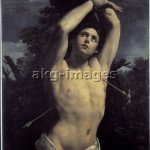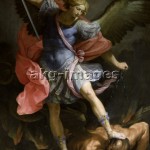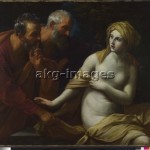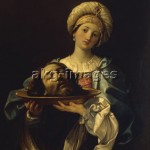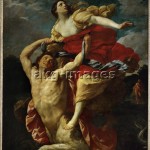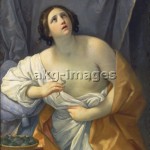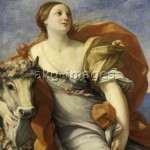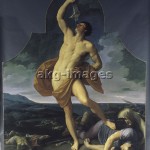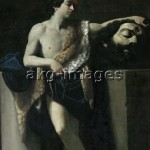A Reni day
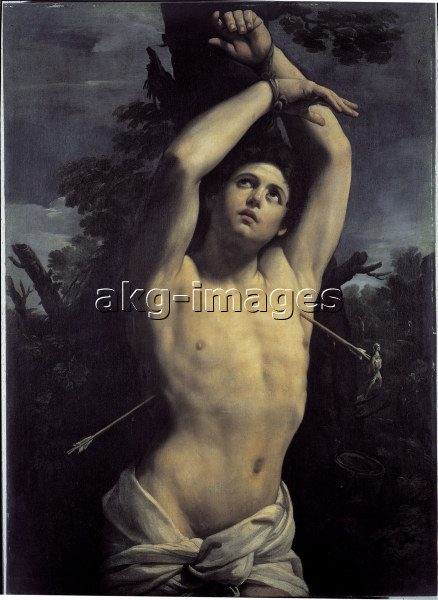
In the summer of 1998, it was decided that the chapel choir in which I sang would go on a mini-tour of Florence and Rome. We turned up at the first church in which we were meant to be singing and were met with blank faces and shrugs. Somewhere during the preparation for the trip, wires had crossed, letters had been lost, and the church wardens had no idea we were coming or, indeed, who we were.
For the chaplain and organ scholars who were in charge of the trip, this meant a scramble to ensure that the remaining chapels and churches for which we had been preparing our preces and responses were indeed expecting us, as well as finding replacement venues interested in having a (lesser-known) Cambridge college’s (utterly unknown) chapel choir sing for them.
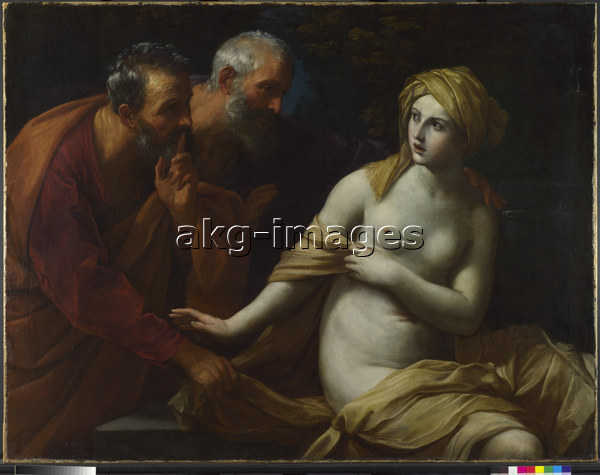
In the end, it turned out to be a very successful tour, with lots of unexpected and impromptu performances. Our organ scholars had assumed that most of the church pianos and organs on the tour would be in need of a tune, so we had a repertoire of acappella music which, fortunately for us, meant we could sing at the drop of a hat wherever we were needed.
It did mean, though, that our schedule was much less full than expected, so we had more time to explore Rome and Florence, with almost a week in Rome with very few performances. I spent the time escaping the scorching July heat by ducking into every church I could find on the search for great masterpieces as well as the kitschiest Catholic art I could find. I also made a long-planned pilgrimage to the Palazzo Corsini to see one of my all-time favourite paintings, Guido Reni’s Salome with the head of John the Baptist. The gallery had a bench placed right in front of the painting and I was quite overwhelmed. The painting was much larger than I expected and much more beautiful than the reproductions could show. A couple of times, concerned gallery staff members came over to me to check I was alright, as I spent an inordinately long time staring at the painting, looking quite upset. It was the highlight of that choir tour for me and sparked off two of my obsessions. The first, which I have already discussed on the blog, is how Salome has been depicted in art; the other is Baroque painting.
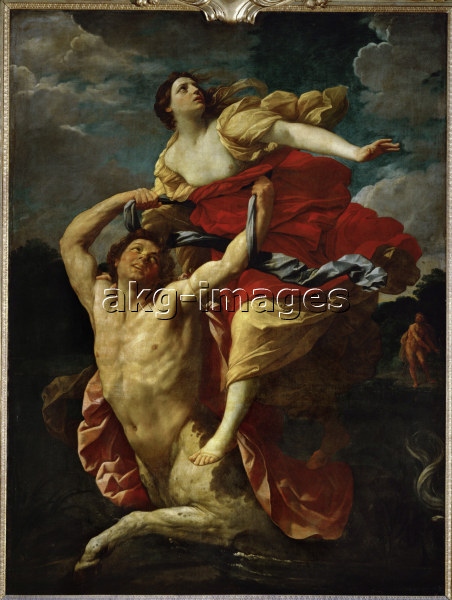
In my final year at university, I had signed up for a course specifically looking at Baroque art. Unfortunately, that course was postponed that year due to lack of interest: only one other person had put his name down to study Reni and his contemporaries. That Guido Reni himself isn’t a household name doesn’t surprise me. He was a talented, hard-working and successful artist, but he had none of the personal drama and turmoil that makes a Michelangelo or a Caravaggio so fascinating as people as well as artists. However, I really don’t understand why Baroque art itself isn’t much more popular. Perhaps people think it’s just lots of paintings of mournful female martyrs with their eyes swivelled up to heaven. There is a lot of that, granted, including a fair number of paintings by Guido himself, but what I love about Baroque painting is its theatricality. Sandwiched between the purity of the High Renaissance and the fripperies of Rococo, Baroque painting is filled with action and sensuality, often tip-toeing a fine line between passion and kitsch. I do love the reserve of a painter like Vermeer but sometimes you’re in the mood for heaving bosoms and grand emotion and at times like that, only a Reni will do.
